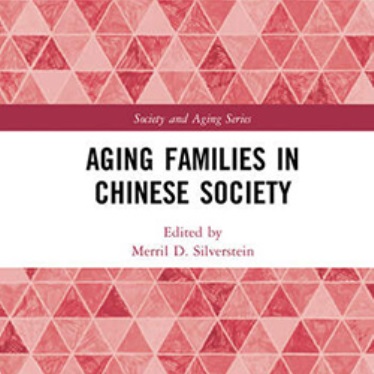Center for Policy Research
Report
American Longevity: Past, Present, and Future
Samuel H. Preston
September 1996
Abstract
How long we live, and how long members of our families and social groups live, is extraordinarily important to us. It's not a subject of daily discussion, but it would be if we were threatened with a return to earlier conditions. Unfortunately, the subject of longevity falls between the cracks of academe and has received far less attention than it warrants.
We are all aware, at least dimly, that people are living longer than they used to. The numbers are impressive: at the turn of the century, life expectancy at birth in the United States was 48 years; it's now 76 years. Since life expectancy during the Stone Age was in the range of 20 to 30 years, it is clear that a majority of the cumulative advances have taken place in the short span of the 20th century. Without the improvements during this century, half of us would not be here: a quarter of the present U.S. population would have been born and died, and another quarter would never have been born because of the pre-reproductive death of a mother, grandmother, or great grandmother. In developing countries, nearly all of the improvements in longevity have occurred in this century.
How these gains were achieved has important implications for public policy; how large future gains will be is the single most important area of uncertainty affecting the fiscal viability of our "old age welfare state." These are the two related issues that the author focuses on in this report.
The Center for Policy Research at the Maxwell School of Syracuse University supports policy-relevant research and disseminates knowledge that enables leaders to make informed policy decisions and provide effective solutions to critical challenges in our local region, state, country and across the world.
Related News
Research

Apr 15, 2024
Research

Feb 5, 2024
Commentary

Jan 25, 2024
